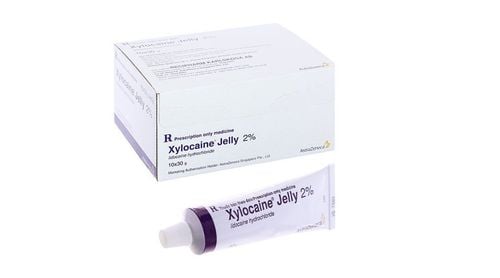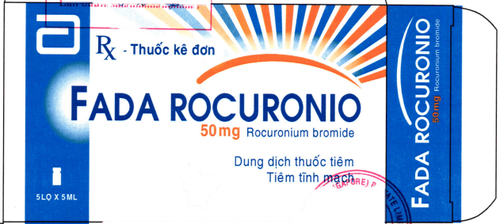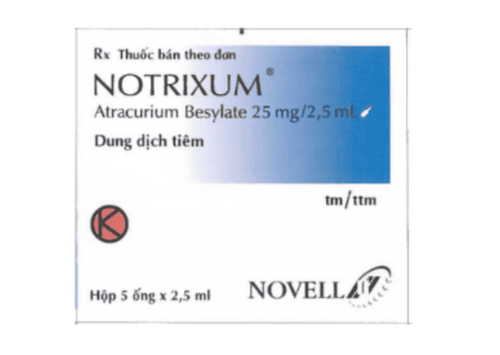This is an automatically translated article.
The article was professionally consulted by Specialist Doctor I Nguyen Xuan Tinh - Anesthesiologist - Resuscitation - Department of General Surgery - Vinmec Phu Quoc International General Hospital. Doctor Nguyen Xuan Tinh has more than 18 years of experience studying and working in the field of Anesthesia - Resuscitation.Laryngeal mask anesthesia is a general anesthetic technique that uses a laryngeal mask to control the airway instead of other means during surgical intervention. Atrial fistula resection using laryngeal mask anesthesia should only be performed in difficult intubation situations and in medical facilities with adequate technical facilities as well as a team of qualified physicians. experience.
1. What is an atrial fistula?
The rotator cuff fistula is a common congenital malformation first described in 1864, connecting the cartilaginous base around the rim of the ear to the external environment. An atrial fistula is usually detected clinically by the presence of a small hole in the lateral side of the external auditory canal, usually at the anterior edge of the auricle.When an atrial fistula appears infectious complications with symptoms such as pain, redness, swelling, foul pus, the patient needs medical treatment to resolve the acute condition. Atrial fistula resection should be performed after the patient's infection is well controlled with antibiotics and anti-inflammatory drugs with the aim of preventing repeat episodes of infection. During the surgery, the doctor will determine the path from the external fistula and dissect the tissue around the entire fistula to remove and suture.
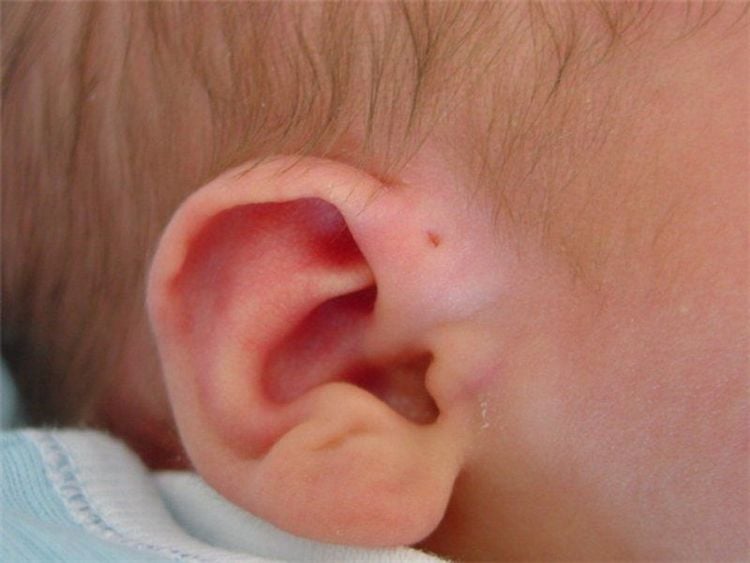
2. Indications and contraindications for atrial fistula surgery
Atrial fibrillation surgery in children should be performed under general anesthesia and is expected to last an average of 1 hour. The surgeon can choose from many different methods of general anesthesia depending on the specific case, but the laryngeal mask anesthesia in the surgery of the atrial fistula is indicated when:Difficult patients airway control and intubation is not possible or intubation is difficult Prioritize airway control in critical cases The following cases should not be selected for general anesthesia with a laryngeal mask:
The patient has a full stomach before surgery The medical facility performing the surgery does not have enough equipment and tools used in anesthesia and resuscitation

3. Procedure for performing laryngeal mask anesthesia to cut the atrial fistula
The technique of laryngeal mask anesthesia to cut the atrial fistula should be performed according to the correct procedure to ensure the safety of the patient and the effectiveness of the surgical process. The implementation process of laryngeal mask anesthesia for atrial fistula surgery includes:Prepare equipment and tools used in anesthesia and surgery: ventilator system, heart rate monitor, blood pressure monitor , breathing rate,... for the patient, laryngeal mask of various sizes, mask, canule, electric knife, cold knife, Kelly, forcep, suture, ... Patient preparation: before proceeding During surgery, patients need to be clinically examined and perform laboratory tests to assess their general health status. The steps to perform anesthesia and surgery to remove the atrial fistula as well as possible complications should be clearly explained and consulted with family members and patients for good cooperation. Prognostic cases that are difficult to place a laryngeal mask should be noted and consulted to find an alternative to general anesthesia. Perform laryngotracheal mask anesthesia for atrial fistula surgery:
Place the patient in supine position on the operating table Set up two large intravenous lines and install a vital signs monitor including frequency heart rate, blood pressure, temperature, breathing rate... Give the patient 100% oxygen at a dose of 3-6 liters/minute for at least 5 minutes. Use intravenous or inhaled anesthetic to induce anesthesia. During induction of anesthesia, analgesics should be used in combination with anesthetic agents and consideration should be given to the appointment of muscle relaxants if necessary. Start placing the laryngeal mask after the patient falls into a deep sleep state and fully relaxes the muscles.
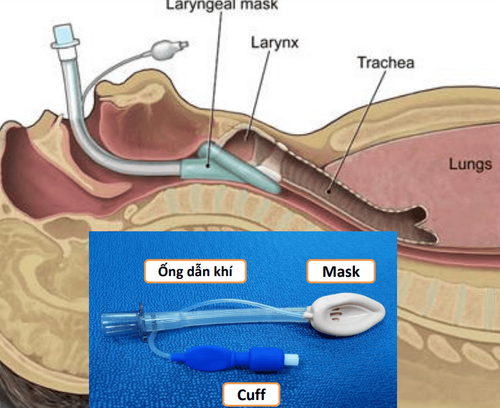
4. Complications of laryngeal mask anesthesia to cut atrial fistula
Laryngeal mask anesthesia is usually performed in medical facilities with adequate facilities and experienced doctors, however, some complications can still occur such as: Gastrointestinal reflux into the respiratory tract: This complication can occur when the laryngeal mask is not properly placed and the patient has a full stomach. Emergency management is required by aspiration of gastric juice when the patient is lying in a low head position. Opt for endotracheal intubation if possible for airway control. After surgery, the patient should be monitored to promptly detect aspiration pneumonia. Disturbances in blood pressure and heart rate during surgery: This complication occurs for many reasons and needs to be handled on a case-by-case basis. Injuries caused by laryngeal mask placement: patients may experience complications such as tooth fractures, trauma to the oral mucosa, palate, and vocal cords due to rough placement. Falling of the laryngeal mask due to improper fixation: affecting the patient's respiratory activity.
To improve the medical examination and treatment process, now Vinmec International General Hospital has applied the anesthetic technique of laryngeal mask to cut the atrial fistula. The technique of laryngeal mask anesthesia to cut atrial fistula at Vinmec is performed methodically and in accordance with standard procedures by a team of highly skilled medical professionals and modern machinery, thus giving accurate results. contribute significantly to the effective treatment of diseases.
Please dial HOTLINE for more information or register for an appointment HERE. Download MyVinmec app to make appointments faster and to manage your bookings easily.





